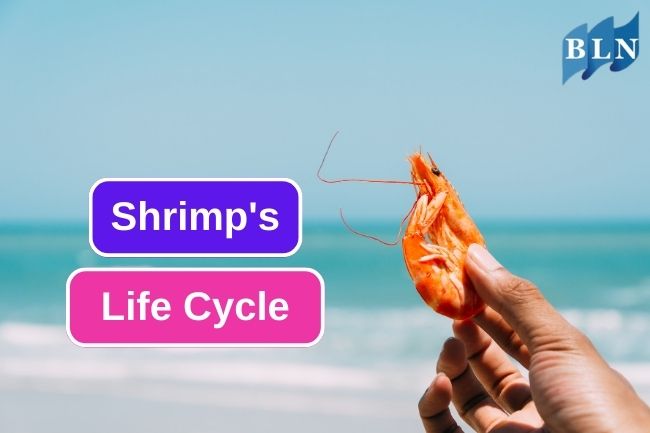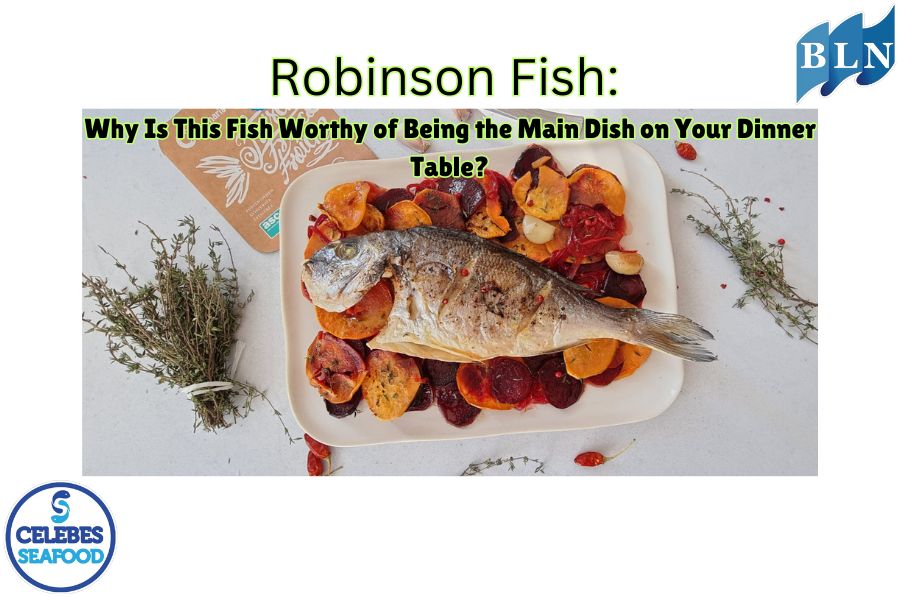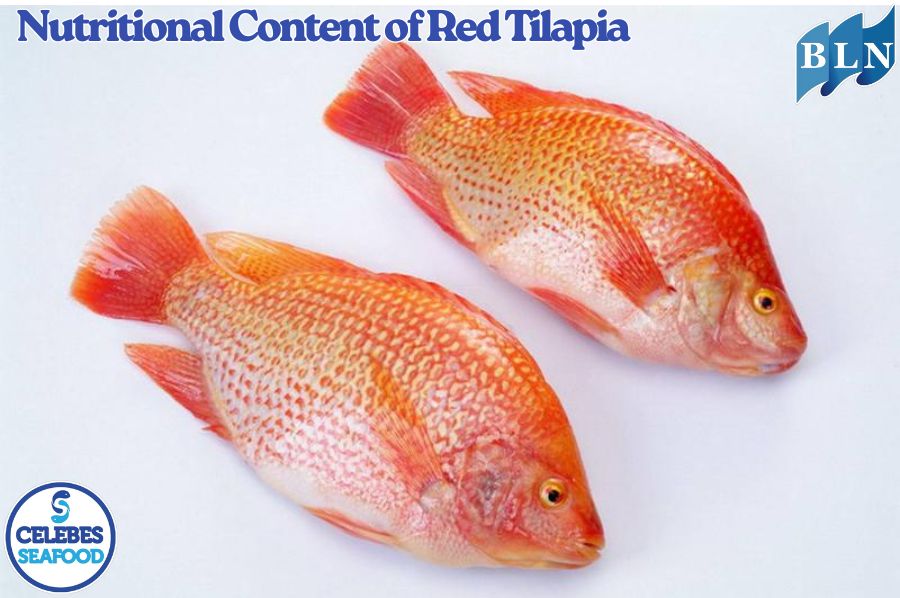This Is The 5 Stages Of Shrimp’s Life
By. Nevanda - 21 Jun 2023
lautnusantara.com - The life cycle of a shrimp typically consists of several stages, starting from the eggs and progressing through various larval and juvenile phases before reaching adulthood. Here's a general overview of the shrimp life cycle:
1. Egg Stage
Shrimp reproduction begins with the female shrimp releasing eggs into the water. The eggs are usually small and transparent and are fertilized externally by the male shrimp. The eggs are then left to develop on their own.
Read also: How To Preserve Fish With 4 Drying Methods
2. Larval Stage
After a certain incubation period, the shrimp eggs hatch into larvae known as nauplii. Nauplii are tiny and have limited mobility. They primarily rely on their yolk sacs for nourishment initially. As they grow, they molt several times, shedding their exoskeletons and developing more complex body structures.
3. Zoea Stage
As the larvae molt and grow, they enter the zoea stage. Zoea larvae have elongated bodies and possess appendages for swimming and feeding. During this stage, they continue to feed on plankton and other microscopic organisms in the water.
4. Mysis Stage
After several molts, the zoea larvae transform into the mysis stage. Mysis shrimp closely resemble adult shrimp but are smaller and still undergoing development. They have a better ability to swim and feed, and they continue to consume plankton and other small organisms.
Read also: Famous Singaporean Dish, Black Pepper Crab Recipe
5. Post-Larval Stage
Once the mysis shrimp complete their final molting stage, they enter the post-larval stage. Post-larvae resemble miniature adult shrimp but are not fully developed. At this point, they start transitioning to a benthic (bottom-dwelling) lifestyle, settling on the seafloor or other suitable habitats.
6. Juvenile Stage
As the post-larvae grow and molt, they gradually develop into juveniles. During this stage, they continue to grow in size and undergo further maturation of their reproductive organs. Juvenile shrimp may exhibit similar behaviors and feeding habits to adult shrimp but are not yet sexually mature.
7. Adult Stage
After reaching sexual maturity, the juvenile shrimp transition into the adult stage. The timing of sexual maturity can vary depending on the shrimp species. Adult shrimp are fully developed and capable of reproducing. They engage in mating, egg production, and the continuation of the life cycle.
Read also: 4 Comparison Between Squid and Cuttlefish








